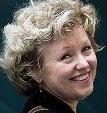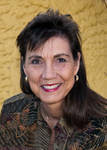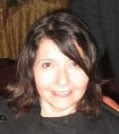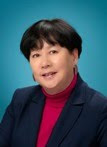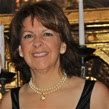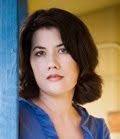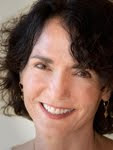The glass doors of animal hospital close behind me, and I’m conscious of having left one of the best segments of my life behind. There, on the cart they so carelessly transferred him to, lies the gentlest being I know, our loving golden retriever. Who knew he would leave his soul inside of me and take a good portion of mine with him? Who knew I would not be able to let go of a beast that I had feared as a child?
His name is Pelé, the god of fire, the best a soccer ball ever saw, and my loyal companion of four-and-a-half years. When he came into my life, he was a small fur ball that could easily fit into my big pocket. It’s as if it was only days ago when he could hide under the kitchen cabinet. When did he grow to a size that the four of us could not lift his blood-covered body from the middle of the road to put him in my car?
As I sped way beyond the road’s limit, I knew no police car could stop me. “If they don’t like the way I drive, they can just follow me to the emergency room,” I said to myself as I pressed harder on the gas pedal.
Three paramedics in print scrubs rushed out and I heard his head hit the metal cart as they transferred him. Before I regained enough presence of mind to ask if I could stay with him, the doors had closed.
“You’ll need to sign here if you want the doctor to resuscitate him,” the young receptionist said. “And it will cost anywhere between $350 and $700 for that alone.”
“If?!” I asked her and took the pen while fighting tears to see the dotted line. “Just out of curiosity,” I said bitterly. “Would they not resuscitate him if I didn’t sign?”
Hours later, I sit in the corner we call “Place” and stare at his empty food bowl, scattered toys, and torn-up blanket. Other owners would take their dog on vacation, enter competitions, and run with him along sandy beaches. But I was raised to consider a dog just a dog, a guard for our home, indeed a creature that best be kept at a distance. When friends visited, we tied him up for fear he might want to touch them. Over the years, he finally learned that this family did not wish to have their faces licked. No, at our house it was always, “Pelé, no! Sit, boy. Stay there!”
He obeyed, but through his silence dug a deep tunnel to the heart of each every one of us, and it is in that tunnel that I wait now and hope against hope.
Please dear God, if you let him live I promise to go on long walks with him every single day. Please, help him to survive this and he can shed all the hair he wants over the furniture, I’ll never allow the groomer to shave his beautiful coat again. I’ll take him to the dog beach in Del Mar, where he can swim as much as he wants to and meet other dogs to play with. Who cares? I’ll even give him a real bone once in a while!
I check the phone to make sure it’s not off the hook. They will call me any minute to let me know he’s okay. Earlier, I took his favorite blanket to him and put it by his face, where he could smell it. That familiar touch is bound to make him happy, and I know soon he will want to open his soulful brown eyes. He will stand and wag his longhaired tail and the nurses will admit he’s the handsomest dog they have ever seen. I bet in a day or two they will send him home with another one of their “excellent patient” diplomas!
*
Who knew that a part of me would die with a dog? I had all sorts of images about the way my life might end. What I never pictured was that someday, I would see myself
dying on a small table, among strangers, and at the animal hospital.
Two weeks have gone by and each one of us has learned to accept a life without Pelé. There’s a birdbath in a far corner of our yard under which his ashes lay to rest. Sometimes I hear him bark at night, see his wagging bushy tail in a dream, or just wait for him to knock on the kitchen’s glass door the way he used to. Other times, I feel his warmth in my heart and am filled with gratitude for our short time together. But more than anything, I am a better person for the invaluable lesson he taught me, one that annuls the learning of a lifetime.
A writer, it had had been too easy to give words more worth than they deserved, not to mention let them rule. It took a gentle dog to teach me that, when it comes to expressing genuine love, words are absolutely immaterial.



